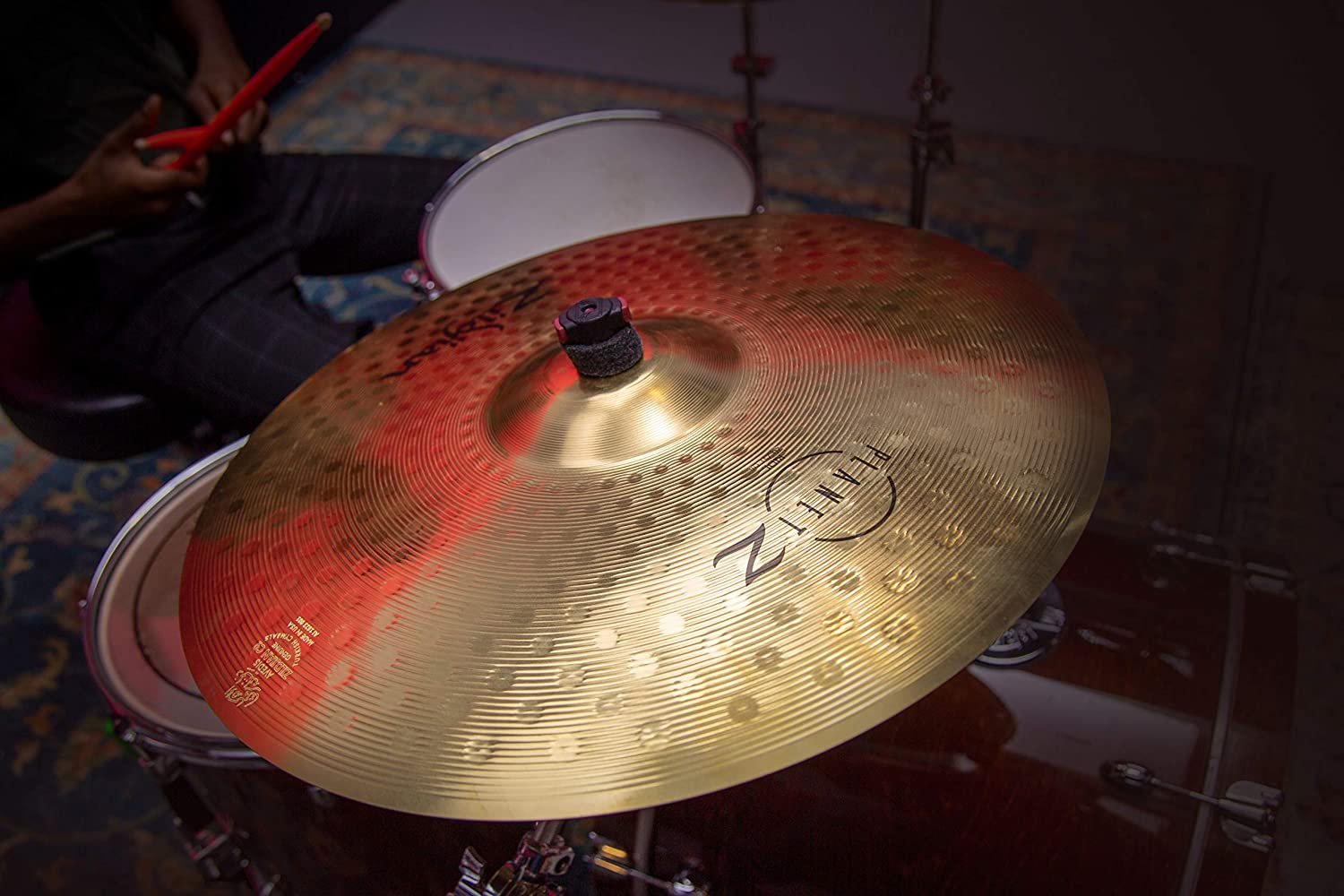What Are Cymbals Made Of? – Complete Review
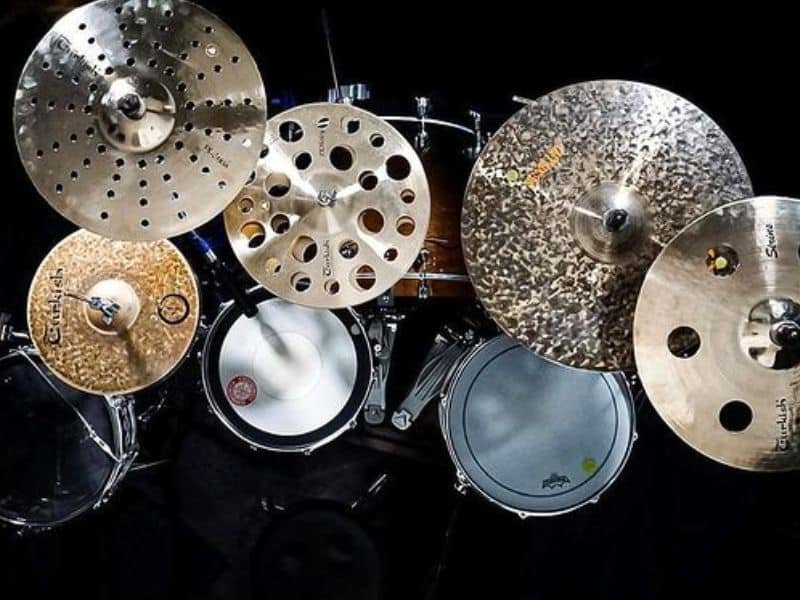
A good cymbal is an important part of a drum set. Cymbals help to create different sounds and rhythms and can be used to create a variety of musical effects. Cymbals also add visual interest to a drum set and can help to make a drum set more exciting to play.
A good cymbal can make or break a percussion performance. Its sound can be the driving force behind a song or the subtle background texture that provides depth and flavor. Its texture can add power or grace to a passage, and its shape can be the difference between a muddy mess and a clean, articulate sound.
What Are Cymbals?
Contents
Cymbals are a type of percussion instrument that consists of a pair of concave discs that are struck together. They have a long history and have been used in many different cultures for a variety of purposes.
Cymbals usually come in different types, two main types are: crash cymbals and ride cymbals. Crash cymbals are smaller and thinner than ride cymbals, and are used to create a sudden, loud crash. They are often used for accents and crescendos. Ride cymbals are larger and thicker, and are used to keep a steady beat.
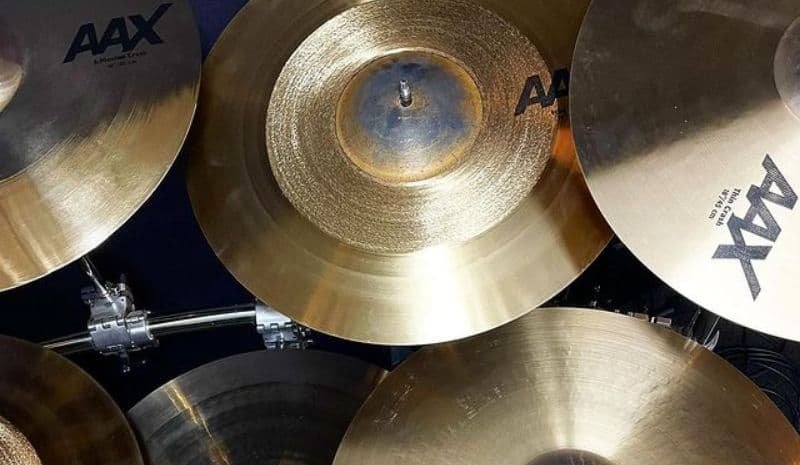
What Are Drum Cymbals Made Of?
Brass
Brass is a type of metal that is well-known for its strength and durability. Brass cymbals typically have a high-pitched sound, which makes them perfect for jazz music. They are made from a mixture of copper and zinc.
There are two types of brass that are commonly used to make cymbals:
- Yellow brass is the most common type of brass used for cymbals, as it is less expensive and has a lower melting point than red brass.
- Red brass is often used for high-end cymbals, as it has a higher melting point and a richer tone.
- Durable metal
- The bright, powerful sound that cuts through the mix
- Very versatile, and can be used for a variety of genres
- Quite heavy
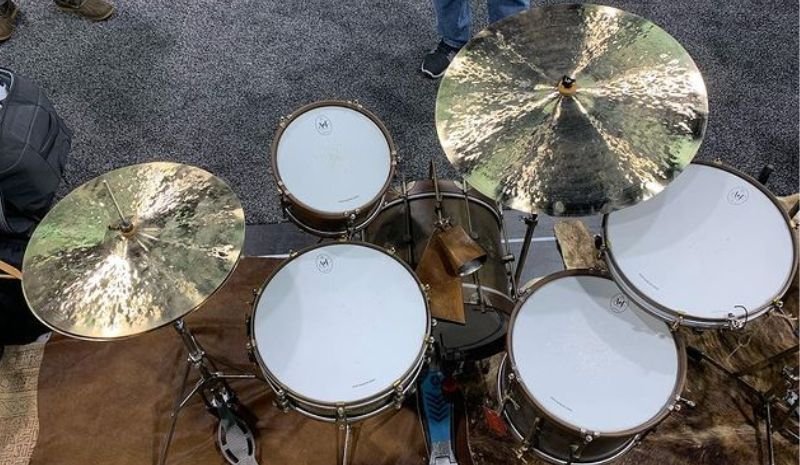
Copper
Copper is a soft, malleable metal with a characteristic red-brown color. Cymbals made of copper are used in Indian music and are best used in a very noisy environment.
Copper cymbals have a warmer, darker sound than bronze or brass cymbals. They are often used in styles of music that require a more forceful sound, such as rock and metal.
- Rich, warm sound
- Can be played very loudly
- May dent or chip more easily than other metals
- May require more care
,

Bronze
Bronze is a metal alloy made of copper and tin. Cymbals made of bronze are used in many different types of music, like jazz and classical. Bronze cymbals are used in marching bands and drum corps. Bronze cymbals have a good tone, but they are not as loud as brass or copper.
There are three types of bronze that are commonly used to make cymbals:
- B20 is an alloy of 20% copper and 80% tin. It is the most common type of bronze used for cymbals and is known for its warm, mellow sound.
- B8 is an alloy of 8% copper and 92% tin. It is less common than B20 but is known for its brighter, more energetic sound.
- Strong, durable metal
- Bright, articulate sound
- Longer sustain than other metals
- Сan be expensive
- Сan be quite heavy

Steel
Steel is an iron alloy with carbon. Steel cymbals are used in Latin music, show bands, and big bands. Steel cymbals are used in high schools and colleges.
- Bright and cutting sound
- Can take a lot of abuse
- Not as mellow as other cymbals
- Can be a bit too bright for some applications

Copper-Beryllium Alloys
Copper-beryllium alloys are used in the making of cymbals. They are desirable because they are light in weight, and they produce a high-pitched sound. Electronic cymbals are made with copper-beryllium alloys.
- Higher density
- The more focused and penetrating sound
- Less likely to crack than other alloys
- Can be difficult to work with
Aluminum
Aluminum is a soft, light, and durable metal. Aluminum cymbals are typically used in jazz music.
- Cast aluminum is made by pouring molten aluminum into a mold. This type of aluminum is often used to make high-end cymbals because it can be shaped into very intricate designs.
- Sheet aluminum is a thin sheet of aluminum that is stamped or cut into the desired shape. This type of aluminum is often used to make budget-friendly cymbals because it is less expensive than cast aluminum.
- Wrought aluminum is a type of aluminum that is formed into shapes by hammering or rolling. This type of aluminum is often used to make mid-range cymbals because it is less expensive than cast aluminum but can be shaped into more intricate designs than sheet aluminum.
- Very bright sound
- Very lightweight, making them easy to carry around
- Can be difficult to tune
- Louder than other types of cymbals
Titanium
Titanium is a metal that is made from an alloy. It was first discovered in 1824. Titanium cymbals are durable and produce a high-pitched sound.
- Less likely to crack or break than other types of cymbals
- Brighter sound than other types of cymbals
- Have great resonance
- Can produce a long-sustaining sound
- Quite expensive
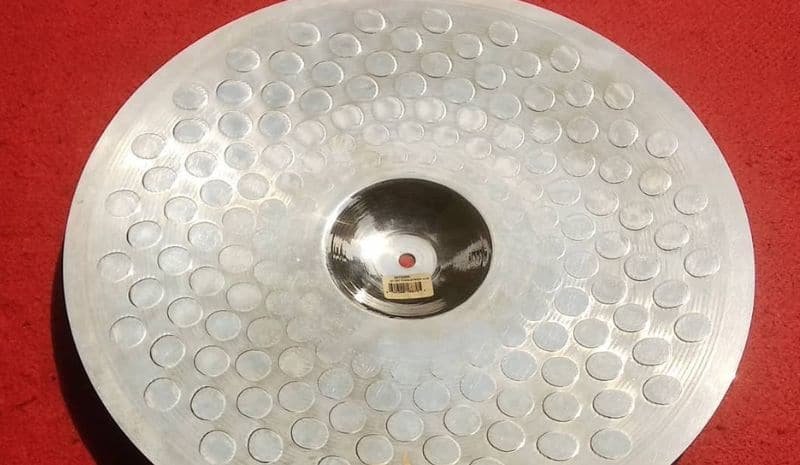
Nickel
Nickel is cymbal material. Cymbals made of nickel are also called “nickel silver cymbals” and are used in jazz music. Nickel cymbals are also used for orchestral music.
- Can produce a wide range of sounds
- Durable
- It May not produce as much volume as other types of cymbals
What Is the Process of Making Cymbals?
The process for making cymbals can vary depending on the manufacturer of cymbals. Cymbals are made by a process of casting, hammering, and lathing. First, a disk of metal is cast in a mold. The disk is then hammered into shape and the lathe is used to smooth out the surface. Finally, the cymbal is polished and given a final coat of lacquer.
The process for making cymbals also involves first creating a mold of the desired cymbal shape. This mold is then used to create a plaster cast, which is used to create the final cymbal shape. Once the plaster cast is created, it is then placed in a kiln and heated to a high temperature. This high temperature helps to create a distinctive cymbal sound.
Tips
- The first thing to consider when choosing materials for cymbals is the tone you want to achieve. Different metals produce different sounds, so it’s important to choose the right metal for the sound you’re going for.
- Another thing to consider is the weight of the cymbal. Heavier cymbals produce a louder sound, while lighter cymbals are more delicate sounding.
- Finally, think about the size of the cymbal. Larger cymbals have a longer sustain, while smaller cymbals have a shorter sustain.

Frequently Asked Question
How Cymbals Are Made Alloys?
Cymbals are made of alloys because they need to be strong and durable. Cymbal alloys are made by combining two or more metals. The metals used to make alloys for cymbals are copper, tin, and zinc.
What Causes Cymbals to Crack?
There are many reasons why cymbals crack, but the most common reason is that they are played too hard. Other reasons can include being dropped or hit with a hard object, being stored in a humid environment, or being exposed to extreme temperatures.
What Are Expensive Cymbals Made Of?
There are a few different materials that are used to make cymbals, but the most expensive ones are usually made of bronze. Bronze is a metal that is very strong and durable, which is why it is often used for musical instruments. It is also very resonant, which means that it can produce a lot of sounds.
Conclusion
When it comes to the world of percussion, cymbals are one of the most important elements. Though they are often overshadowed by the drum set, cymbals play a critical role in both the sound and the function of a percussion section. A well-chosen cymbal can also make playing easier.
No matter what type of music you are playing, or what type of cymbals you choose, it is important to take the time to experiment and find the cymbals that work best for you. With the right cymbals, you can take your percussion playing to a whole new level.


